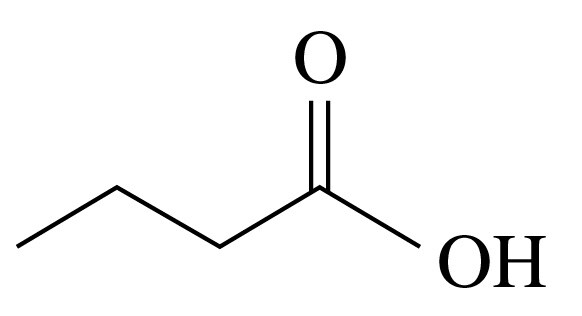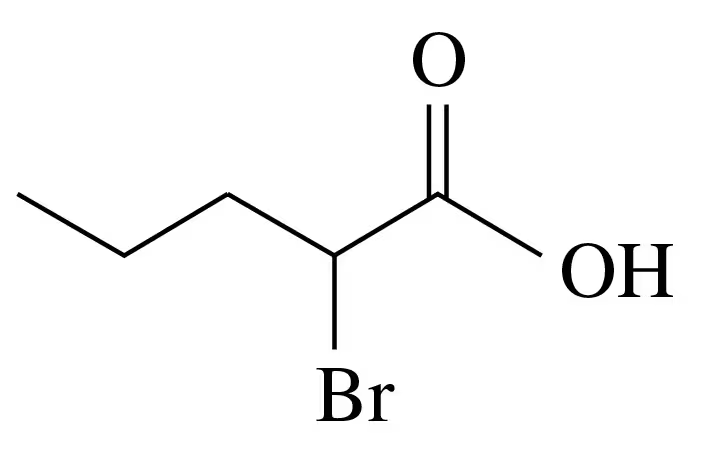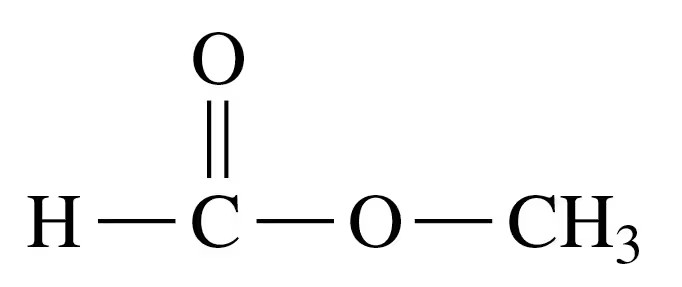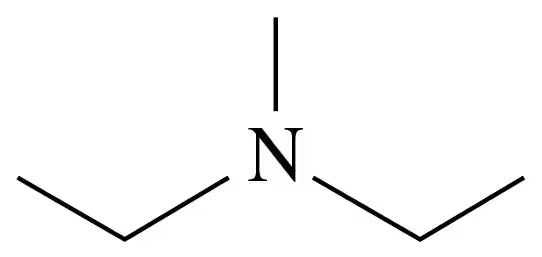 Back
BackProblem 3b
Write the IUPAC and common name, if any, for each of the following carboxylic acids:
b.
Problem 4b
Write the IUPAC and common name, if any, for each of the following carboxylic acids:
b.
Problem 5a
Draw the condensed structural formulas for a and b and line-angle formulas for c and d:
a. 3,4-dibromobutanoic acid
Problem 6c
Draw the condensed structural formulas for a and b and line-angle formulas for c and d:
c. 3-ethylbenzoic acid
Problem 7b
Identify the compound in each group that is most soluble in water. Explain.
b. pentane, 1-hexanol, propanoic acid
Problem 8b
Identify the compound in each group that is most soluble in water. Explain.
b. ethanoic acid (acetic acid), hexanoic acid, octanoic acid
Problem 9a
Write the balanced chemical equation for the dissociation of each of the following carboxylic acids in water:
a. pentanoic acid
Problem 10b
Write the balanced chemical equation for the dissociation of each of the following carboxylic acids in water:
b. butanoic acid
Problem 11c
Write the balanced chemical equation for the reaction of each of the following carboxylic acids with NaOH:
c. benzoic acid
Problem 12b
Write the balanced chemical equation for the reaction of each of the following carboxylic acids with KOH:
b. 2-methylbutanoic acid
Problem 13
Write the IUPAC and common names, if any, of the carboxylate salts produced in problem 14.11
a. formic acid
b. 3-chloropropanoic acid
c. benzoic acid
Problem 14
Write the IUPAC and common names, if any, of the carboxylate salts produced in problem 14.12
a. acetic acid
b. 2-methylbutanoic acid
c. 4-chlorobenzoic acid
Problem 15b
Draw the condensed structural formula for the ester formed when each of the following reacts with methyl alcohol:
b. pentanoic acid
Problem 16b
Draw the condensed structural formula for the ester formed when each of the following reacts with ethyl alcohol:
b. propionic acid
Problem 17b
Draw the condensed structural or line-angle formula for the ester formed in each of the following reactions:
b.
Problem 18b
Draw the condensed structural or line-angle formula for the ester formed in each of the following reactions:
b.
Problem 19a
Write the IUPAC and common names, if any, for each of the following:
a.
Problem 21b
Draw the condensed structural formulas for a and b and line-angle formulas for c and d:
b. butyl formate
Problem 21d
Draw the condensed structural formulas for a and b and line-angle formulas for c and d:
d. methyl propanoate
Problem 22c
Draw the condensed structural formulas for a and b and line-angle formulas for c and d:
c. propyl benzoate
Problem 23b
What is the ester responsible for the flavor and odor of the following fruit?
b. orange
Problem 23c
What is the ester responsible for the flavor and odor of the following fruit?
c. apricot
Problem 26
What are the products of the base hydrolysis of an ester?
Problem 27a
Draw the condensed structural or line-angle formulas for the products from the acid- or base-catalyzed hydrolysis of each of the following:
a.
Problem 27b
Draw the condensed structural or line-angle formulas for the products from the acid- or base-catalyzed hydrolysis of each of the following:
b.
Problem 28a
Draw the condensed structural or line-angle formulas for the products from the acid- or base-catalyzed hydrolysis of each of the following:
a.
Problem 28d
Draw the condensed structural or line-angle formulas for the products from the acid- or base-catalyzed hydrolysis of each of the following:
d.
Problem 29b
Write the common name for each of the following:
b.
Problem 29c
Write the common name for each of the following:
c.
Problem 31c
Draw the condensed structural formula, or line-angle formula if cyclic, for each of the following amines:
c. butylpropylamine











